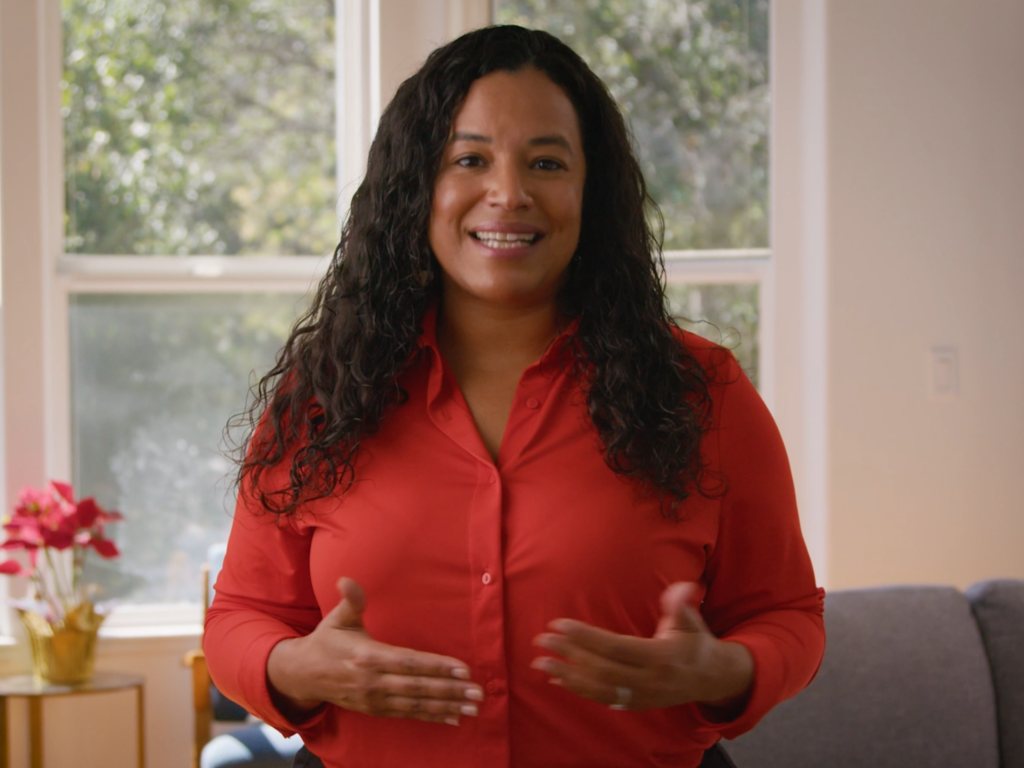How good are restaurants?
The question is obviously silly, because the category is too broad to produce a useful answer. Yet the New York Times, in its big Sunday splash on education technology, makes fundamentally the same mistake – but then, fortunately, did much better in its story today about the Apollo reform effort in Houston.
Here’s the basic problem: If you were going out to eat tonight, you might be quite interested to know how a particular restaurant scores on the review site Yelp. But the average score for all restaurants isn’t helpful.
Yet that’s roughly what we get from The Sunday story, “In Classroom of the Future, Stagnant Scores.” The reporter behind it is Matt Richtel, whom I have liked and admired since we were colleagues at the Oakland Tribune in the 1990s. He comes by his interest in technology honestly; he was the first person I ever saw using Netscape (kids, that was an early web browser — and actually, it may have been the first time I ever saw anybody use the web at all). That Matt parlayed his understanding of the potential of technology into a position writing about it at the New York Times, and later a Pulitzer Prize, ought to set to rest any doubts about his being either a Luddite or a less-than-excellent reporter. Yet he asks the wrong question about education technology. “Schools are spending billions on technology, even as they cut budgets and lay off teachers, with little proof that this approach is improving basic learning,” Richtel writes. “This conundrum calls into question one of the most significant contemporary educational movements.”
 But does it? Or does it suggest that “technology” is far too broad a category, into which we are stuffing major and distinct areas of work? “Technology” in education ranges from PowerPoint tutorials to online AP classes to adaptive technologies that allow autistic students to learn at their own pace, from Smart Boards that help teachers jazz up their presentations to blended-learning technologies that fundamentally alter a student’s learning experience. (For more on the lumping-together concern, see Katrina Stevens’ take today.) Richtel is absolutely right that as a nation, we have spent billions of dollars on technology that has reinforced, rather than transforming, traditional models of schooling. But taking the average of thousands of computer labs where kids learn to type their essays in Microsoft Word is very different from declaring the “classroom of the future” a failed experiment. It tells us as little as the average Yelp score of all the restaurants in town.
But does it? Or does it suggest that “technology” is far too broad a category, into which we are stuffing major and distinct areas of work? “Technology” in education ranges from PowerPoint tutorials to online AP classes to adaptive technologies that allow autistic students to learn at their own pace, from Smart Boards that help teachers jazz up their presentations to blended-learning technologies that fundamentally alter a student’s learning experience. (For more on the lumping-together concern, see Katrina Stevens’ take today.) Richtel is absolutely right that as a nation, we have spent billions of dollars on technology that has reinforced, rather than transforming, traditional models of schooling. But taking the average of thousands of computer labs where kids learn to type their essays in Microsoft Word is very different from declaring the “classroom of the future” a failed experiment. It tells us as little as the average Yelp score of all the restaurants in town.
As a guide to the future, the better question is, are there models that make innovative use of technology and offer transformative potential? The answer is an emphatic yes; there are plenty of examples in the NewSchools portfolio and in Tom Vander Ark’s post on this point today. All of them help to answer the questions we should be asking: what’s working best, and what has the most promise to spark wider change?
Happily, today’s Times story, by Sam Dillon, focuses on an effort to answer exactly those questions. Particularly exciting is the fact that the subject at hand is public charter schools — a topic on which the media has been particularly susceptible to unproductive discussions of how the “average” charter school is doing. Charter schools were created, in part, to serve as laboratories for innovation, brewing up new ideas that would help large systems. (That sense of various approaches is one reason why taking the average of charter schools doesn’t produce useful information.) In part because districts have seen themselves in competition with charters for students and funds, the uptake of strong practices from charters has been far too rare.
The Dillon story takes a close look at The Apollo 20 project in Houston. Designed in part by Harvard’s Roland Fryer, Apollo takes the principles of very effective charter schools like KIPP and applies them to improving some of Houston’s most troubled schools. It’s an example of the kind of district-charter cooperation that’s been too rare in the past. It’s also an example of good journalism that asks not how the average charter is doing, but how systems can learn from what’s working best.
Transferring the lessons of school networks built on outstanding teaching and exceptional leadership is hardly a trivial task. However, if it succeeds, the Apollo project’s benefits will go beyond improved learning for thousands of students. It will help fulfill one of the core purposes of charter schools: to help the country learn from what’s working best.
Isn’t that one of the purposes of journalism too?


